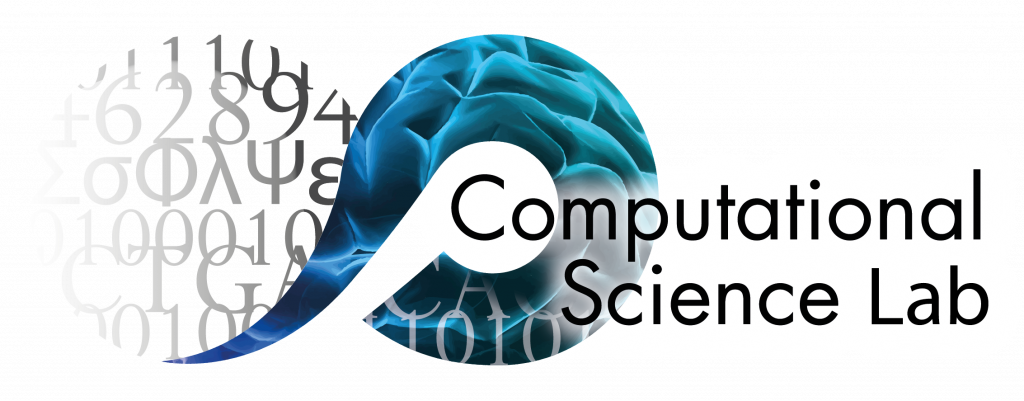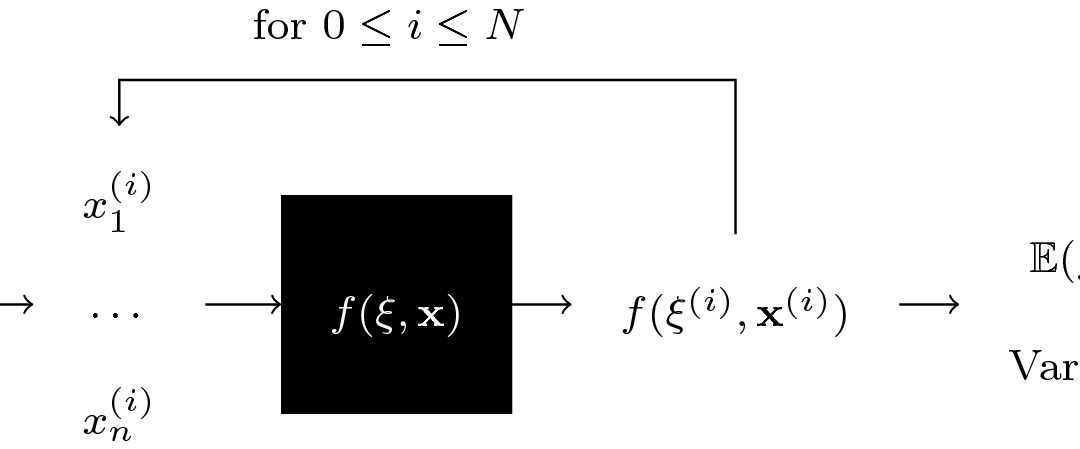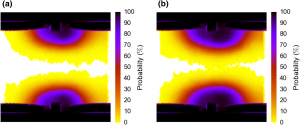Anna Nikishova et. al recently published a paper on “Uncertainty Quantification of a multiscale model for In-Stent Restenosis” in a special issue on “Verification, Validation and Uncertainty Quantification of Cardiovascular Models” in Cardiovascular Engineering and Technology (https://doi.org/10.1007/s13239-018-00372-4). They applied a UQ quasi-Monte Carlo method and performed a Sobol sensitivity analysis to a two-dimensional version of the multiscale in-stent restenosis model, which is a model for the wound healing response in a coronary artery after stenting. Aleatory and epistemic model uncertainty were measured (by applying Saltelli’s method to measure sensitivity and obtaining an upper bound of the aleatory uncertainty). The results highlight the importance of the re-endothelialization process as the main source of uncertainty, and provide deep insight in the time and space dependent uncertainties in the simulated developing neointimal tissue.


